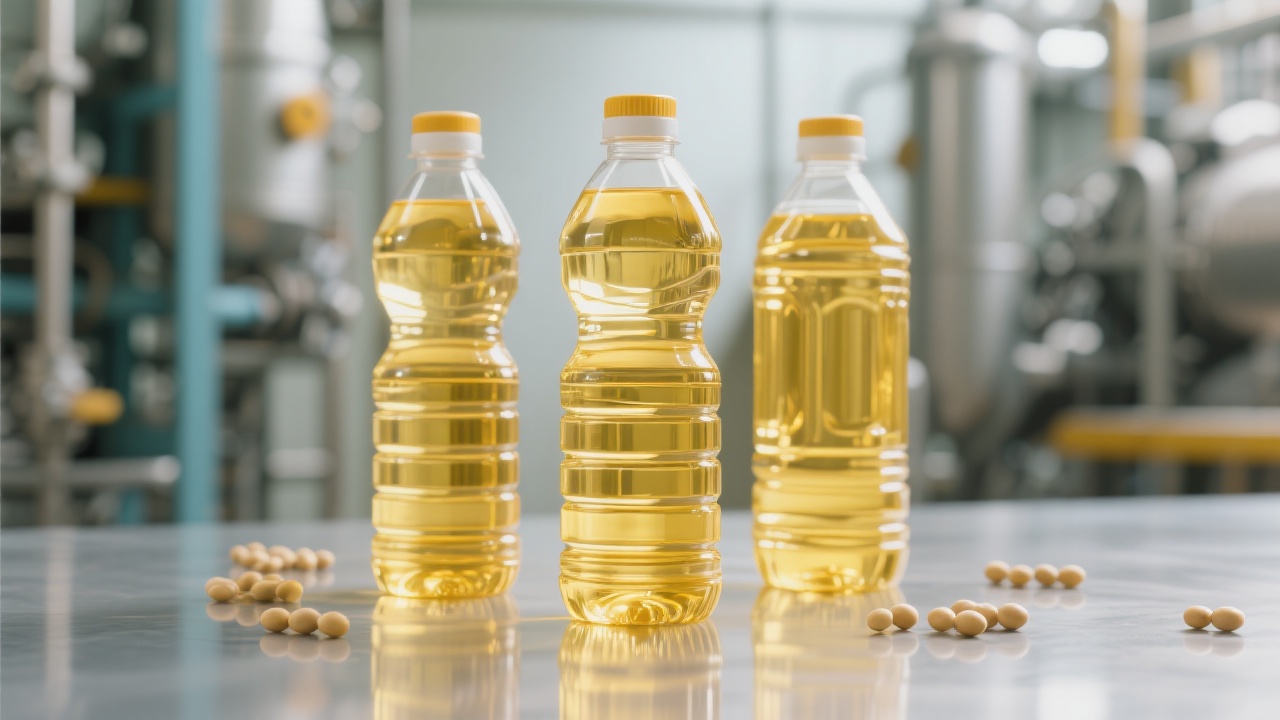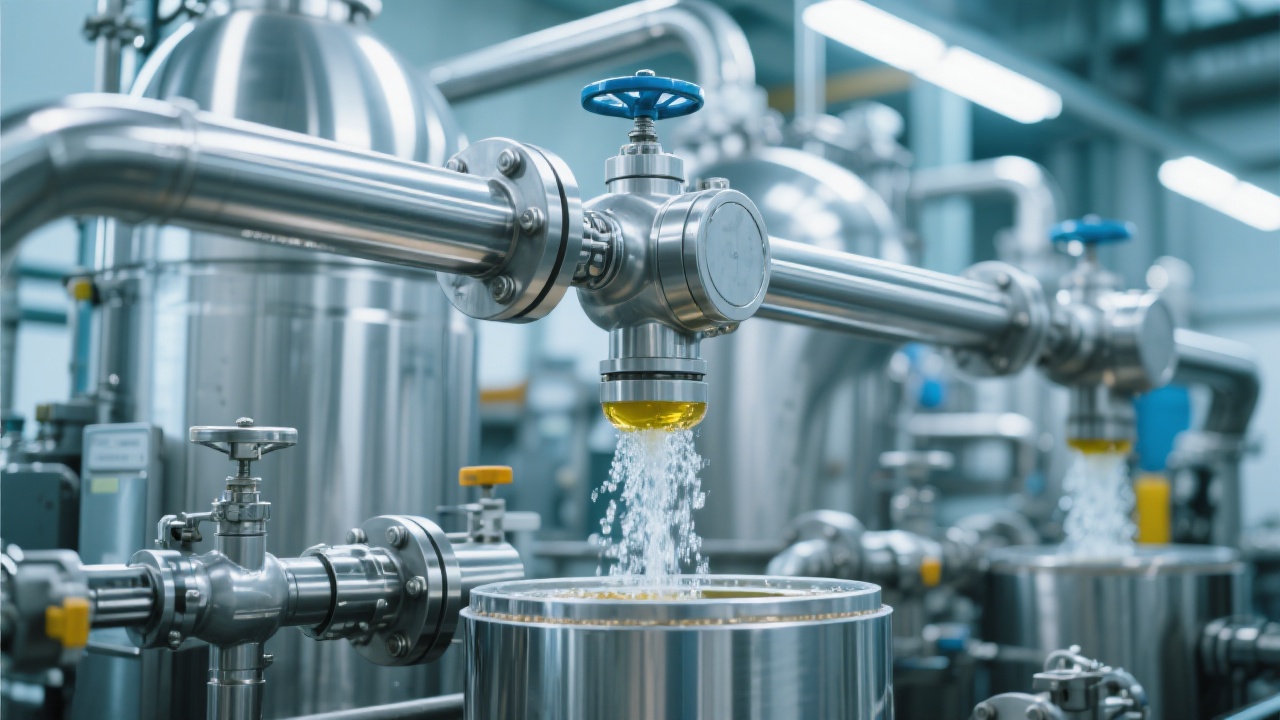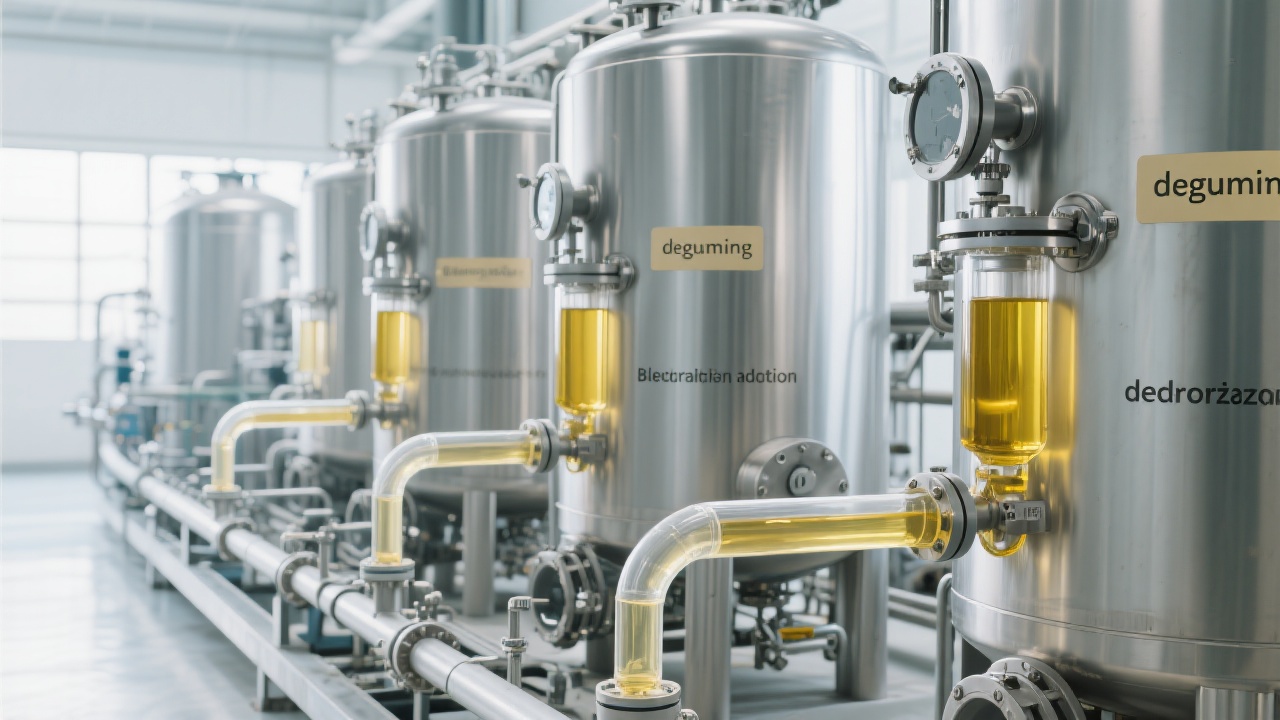
In the realm of industrial - grade vegetable oil refining, enhancing the quality of export - grade products is a paramount concern. This article delves into the core technological paths of impurity removal during the refining process, with a particular focus on the impact of degumming and deacidification processes on the smoke point and oxidation stability of vegetable oils.
The refining of industrial - grade vegetable oils typically encompasses four key stages: degumming, deacidification, decolorization, and deodorization. Each stage targets different types of impurities. For instance, degumming is aimed at removing phospholipids, deacidification focuses on free fatty acids, decolorization deals with pigments, and deodorization eliminates odor - causing substances.

In the degumming stage, water or acid is often used to hydrate and separate phospholipids from the oil. The main operating parameters include temperature, usually maintained between 60 - 80°C, and the dosage of the degumming agent. Deacidification can be achieved through physical or chemical methods. Physical deacidification uses steam distillation under high - vacuum conditions, while chemical deacidification involves the use of alkalis to neutralize free fatty acids. The reaction temperature for chemical deacidification is generally around 70 - 90°C.
Decolorization relies on adsorption materials such as activated clay or activated carbon to adsorb pigments in the oil. The choice of adsorption material and the adsorption temperature (usually 90 - 110°C) are crucial for the decolorization effect. Deodorization is carried out under high - temperature and high - vacuum conditions to remove volatile odor substances. The temperature can reach 200 - 240°C, and the vacuum degree is usually below 2 mbar.
Modern continuous refining lines have made significant technological innovations. In terms of temperature control, advanced sensors and control systems can precisely maintain the temperature within a narrow range, ensuring the stability of the refining process. Vacuum control technology has also been improved, providing a more stable high - vacuum environment for deacidification and deodorization. The selection of adsorption materials has become more scientific, with new - type adsorption materials showing better adsorption performance and reducing the loss of oil.

Through actual production data, we can see the specific improvement effects of different process combinations on the color, smoke point, and stability of vegetable oils. For example, a combination of a well - controlled degumming and deacidification process can increase the smoke point of vegetable oil from about 180°C to over 220°C, and improve the oxidation stability by extending the induction period from 8 hours to more than 12 hours. The color of the oil can also be significantly improved, with the Lovibond color scale decreasing from around 10 to less than 3.
| Process Combination | Smoke Point (°C) | Oxidation Stability (Induction Period, h) | Lovibond Color Scale |
|---|---|---|---|
| Traditional Process | 180 | 8 | 10 |
| Optimized Process | 220 | 12 | 3 |
To ensure the stable and safe operation of the refining process, on - site operation and maintenance are essential. For example, the filter cloth should be replaced every 10 - 15 days depending on the production volume. Regularly check the equipment seals to prevent air leakage, which can affect the vacuum degree and the quality of the refined oil.

By choosing Qi'e Group's advanced oil solvent extraction and refining technology, enterprises can achieve high - quality export - grade vegetable oil production, thereby enhancing their competitiveness and market share. Don't miss this opportunity to upgrade your vegetable oil refining process. Click here to learn more!



